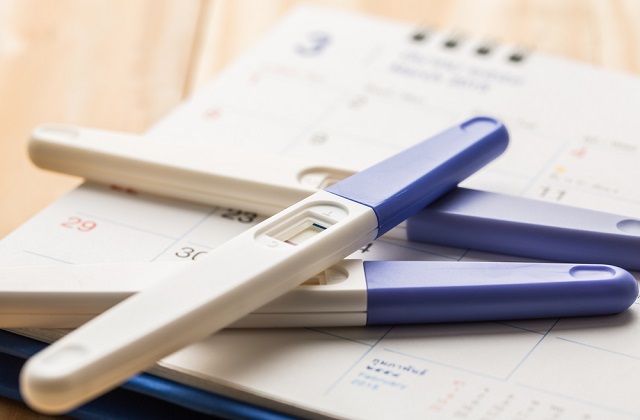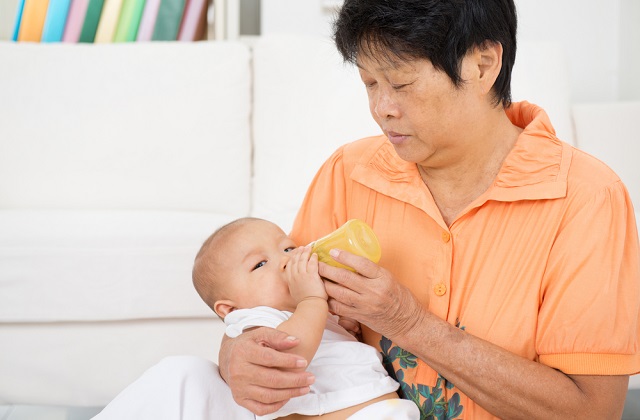Ovulation: 4 signs of ovulation
1. Sign of Ovulation-Basal Body Temperature
2. Sign of Ovulation-Cervical mucus changes
3. Sign of Ovulation-Change in cervical position
4. Sign of Ovulation-Breast tenderness
Knowing the date of ovulation can help you to time your sex to increase your chance of conception. However, signs of ovulation are hard to notice. You need to observe the slight change to your body over a relatively long period of time before you can have a rough idea of when you will ovulate.
Sign of Ovulation - Basal body temperature charting
This is the simplest and most popular method of predicting the ovulation date. On the average, your basal body temperature will rise by about 0.5 degree Celcius one or two dates after ovulation and maintain this temperature until next period. By charting your basal body temperature for a few months, you may be able to see the pattern in which you ovulate.
Sign of Ovulation - Cervical mucus changes
When ovulation approaches, your cervical mucus will change in amount and color. When you are not ovulating, cervical mucus may be sticky or creamy or you do not feel it at all. As the ovulation approaches, cervical mucus will become more and more and the color will be an egg-white.
Sign of Ovulation - Change in cervical position
When you are not ovulating, your cervix is low, hard and closed. As your ovulation approaches, your cervical position will go higher and it becomes softer in order to let the sperm go through. Some females can easily feel this change while the change cannot be easily detected for others.
You may consider check your cervix on a daily basis, using two fingers, and keep a chart of your observation or measurement for 2 or 3 months.
Sign of Ovulation - Breast tenderness
Some women will experience tenderness in their breast before or after ovulation due to the hormone change in the body.








